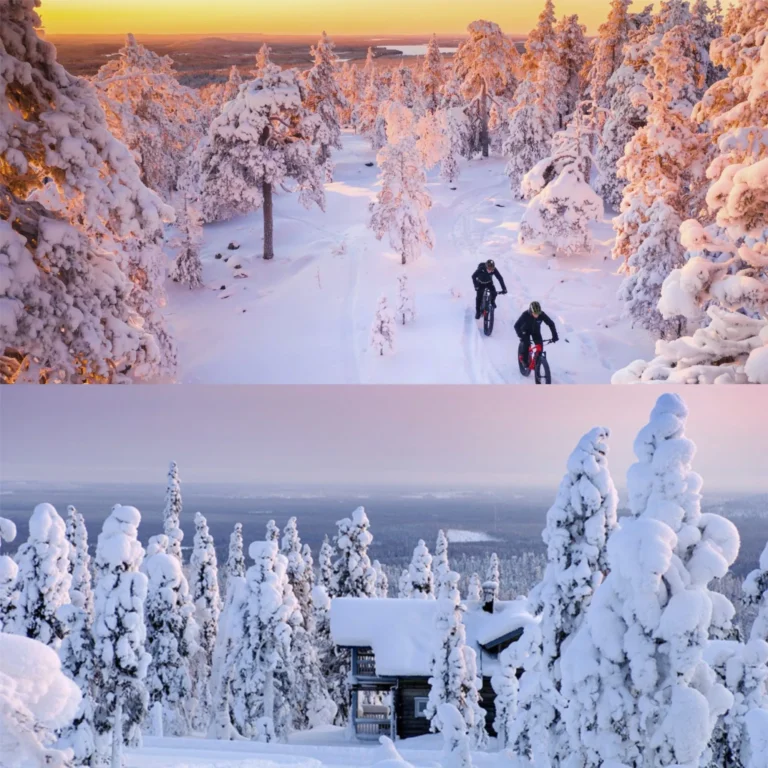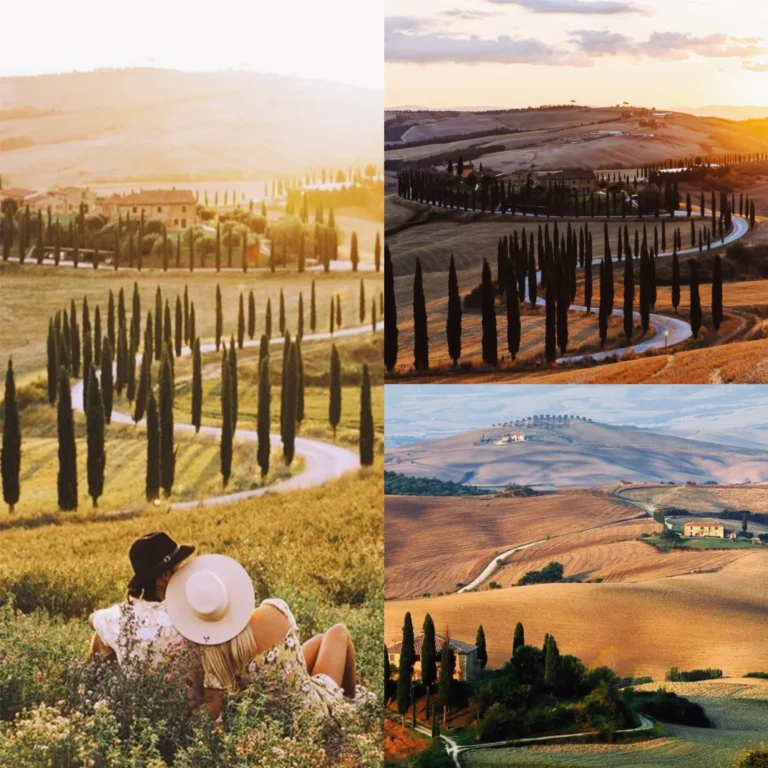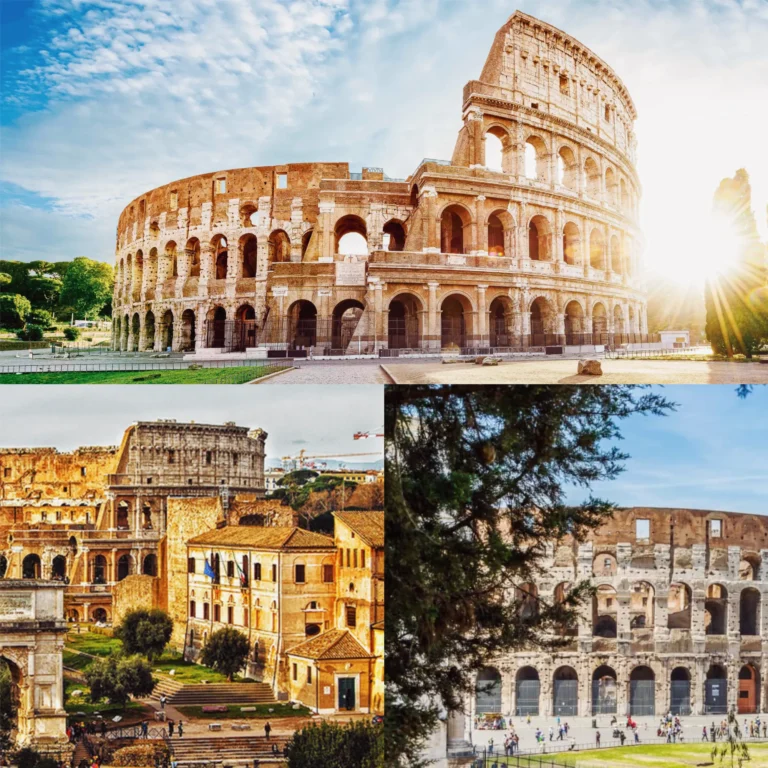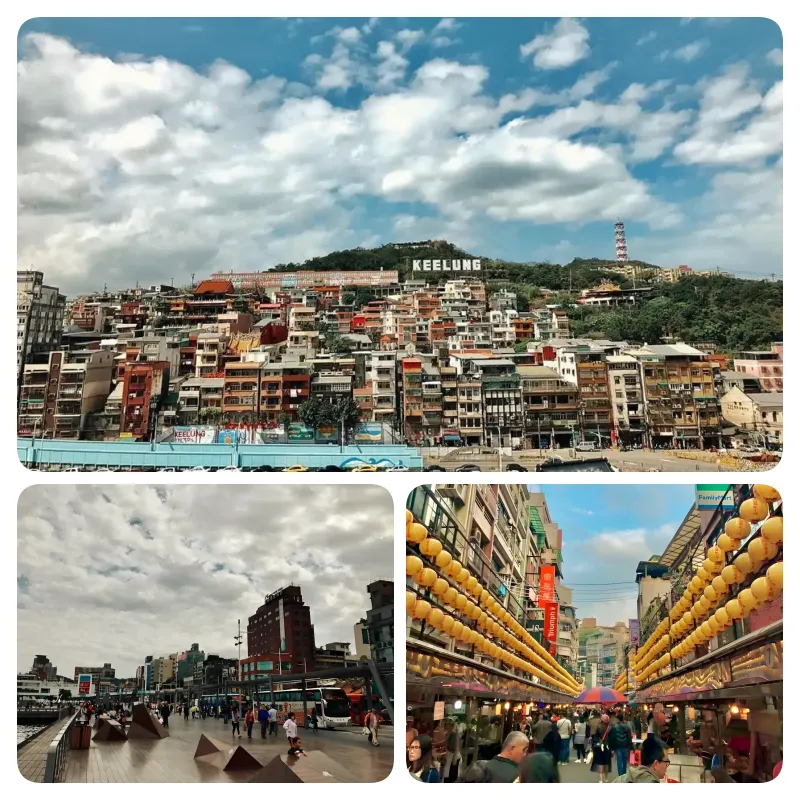
Exploring Taiwan’s Largest Port City
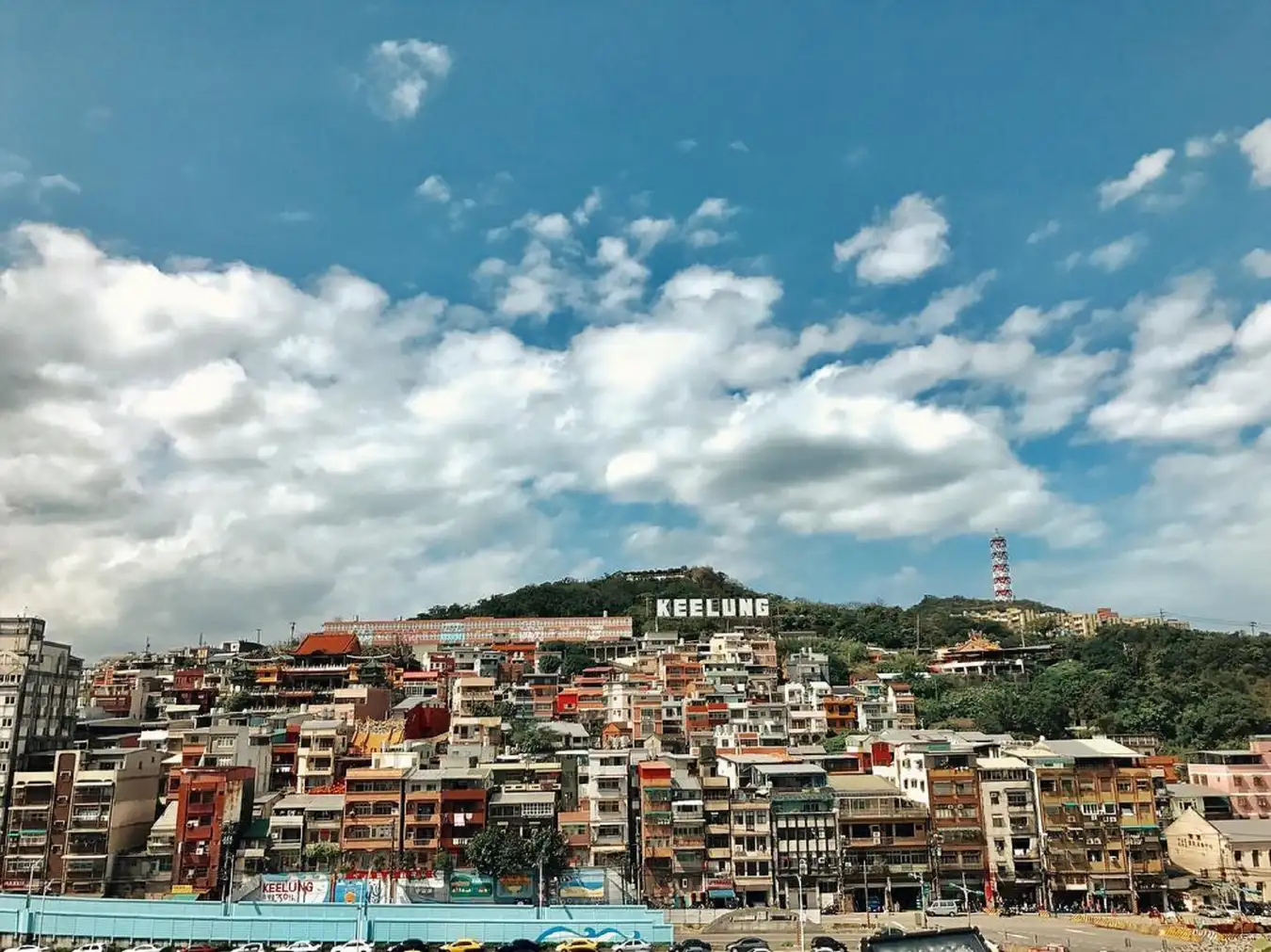
Just a 30-minute drive from Taipei, Keelung is nestled between mountains and the sea, offering stunning natural beauty that travelers should consider adding to their Taiwan itinerary. Located in northern Taiwan, Keelung is surrounded by mountains on three sides, with plains to the north leading to the ocean. According to Taiwan’s Tourism Bureau, this vibrant port city is known as a “three-in-one” harbor, serving as a hub for trade, military activities, and fishing. Keelung’s terrain is shaped by the Northeast Monsoon, resulting in hot summers and rainy winters. The city is often referred to as the “harbor in the rain,” with up to 200 rainy days per year. The average temperature in Keelung is around 22°C (72°F).
Keelung Harbor is about a 30-minute drive from Taipei and is the starting point for many cruise journeys to nearby islands and coastal attractions. For centuries, foreign ships have docked here, bringing diverse cultures into the city. Since 2018, Keelung Harbor has been capable of accommodating cruise ships with a capacity of up to 225,000 tons, attracting major cruise lines. The “fly-cruise” travel model is a new trend in Keelung, where visitors fly into the port city and then embark on cruises to countries like Japan, South Korea, Singapore, and Thailand, offering convenient itineraries for travelers of all ages. On average, five cruise ships depart from Keelung each week during the summer peak season, catering to a wide range of tourist preferences.
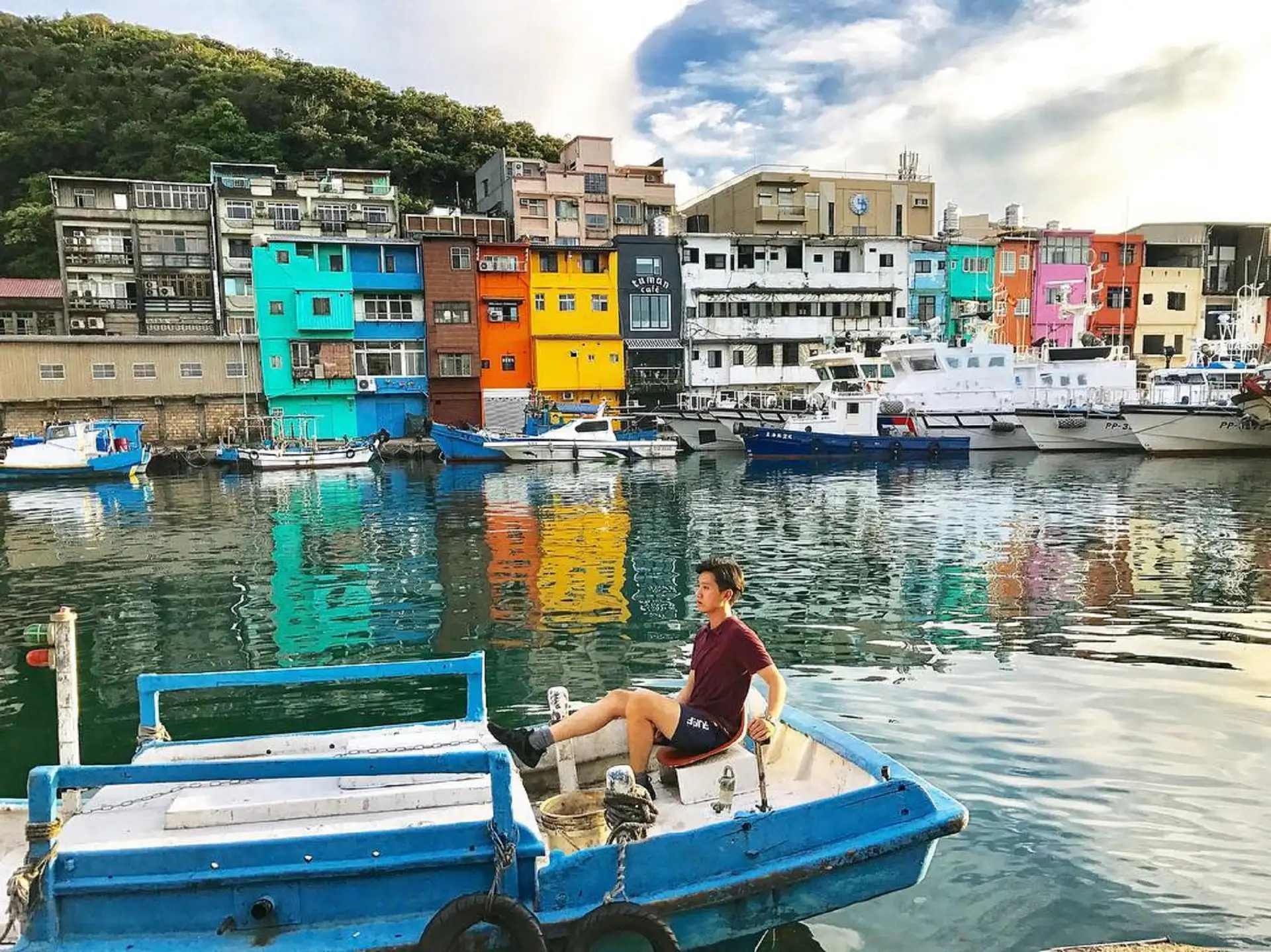
While in Keelung, visitors can explore the Zhengbin Fishing Port, one of the city’s notable attractions. The most distinctive feature of this port is the row of 16 colorful houses along the waterfront. Built in 1934, Zhengbin was once Taiwan’s busiest fishing port. Though its commercial activity has declined, the colorful houses have become a popular photo spot for tourists.
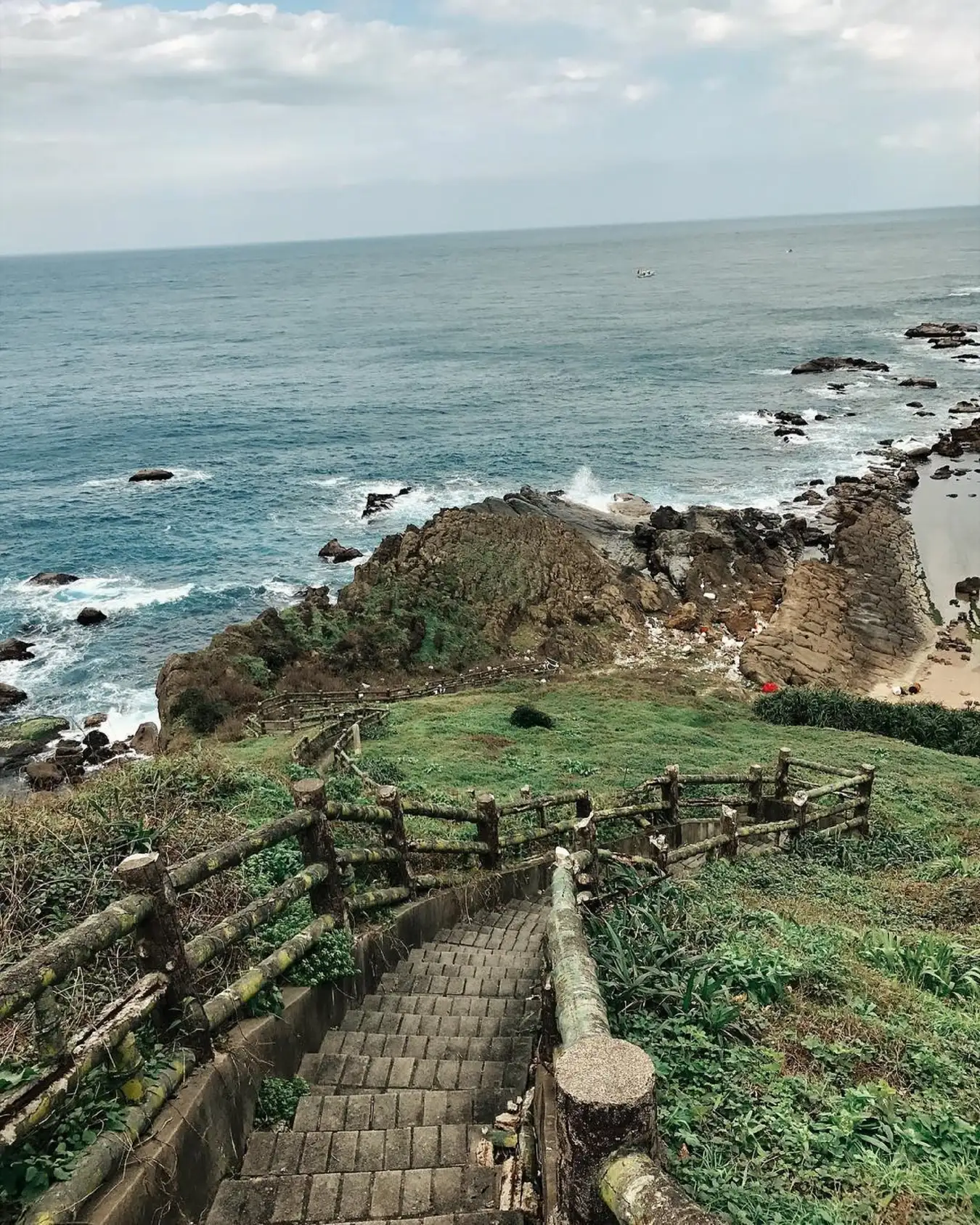
On the eastern side of Keelung Harbor lies Heping Island, known for its bizarre rock formations and coastal landscapes shaped by the sea. This area is home to various species of algae and fish, and the Heping Island Geopark is a popular destination for visitors. The park is famous for its pristine white-sand beaches, clear blue waters, and fresh air.
To minimize environmental impact and preserve the natural ecosystem, the park uses minimal artificial infrastructure. Visitors can enjoy activities like swimming, surfing, and kayaking while learning about the island’s unique environment.
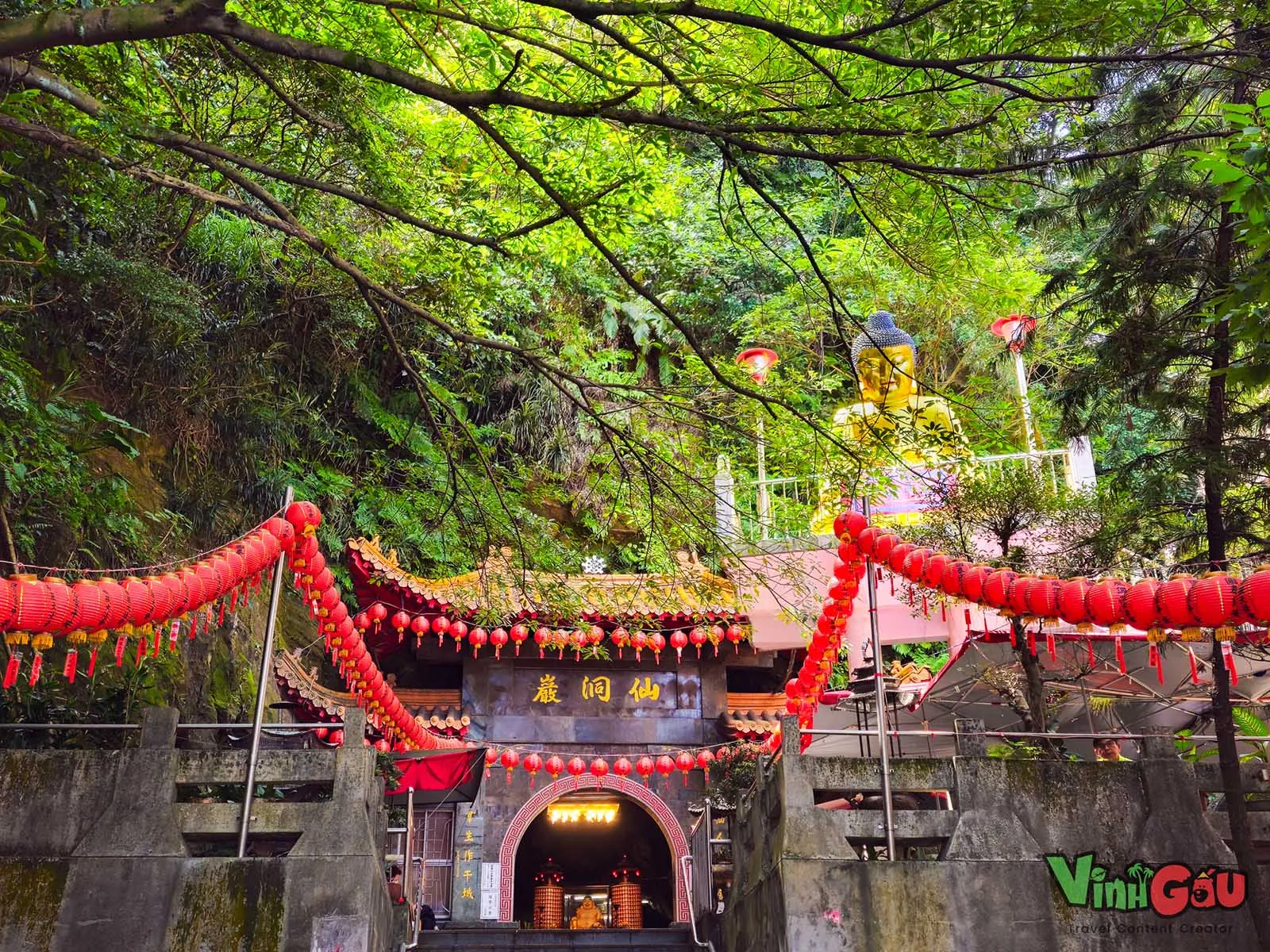 Another must-visit site in Keelung is the Fairy Cave Temple, which once served as a natural refuge for local fishermen during storms. The temple, established within a cave, has a long history and is part of a network of mountain caves near Keelung Harbor. Less than 30 meters from the cave entrance is a walking path that winds around the mountain, leading to the entrance of the Buddha’s Hand Cave. This sea-eroded cave features a high ceiling and smooth walls. Over thousands of years of weathering and erosion, part of the cave ceiling has taken on the shape of a giant hand, often compared to the hand of Buddha.
Another must-visit site in Keelung is the Fairy Cave Temple, which once served as a natural refuge for local fishermen during storms. The temple, established within a cave, has a long history and is part of a network of mountain caves near Keelung Harbor. Less than 30 meters from the cave entrance is a walking path that winds around the mountain, leading to the entrance of the Buddha’s Hand Cave. This sea-eroded cave features a high ceiling and smooth walls. Over thousands of years of weathering and erosion, part of the cave ceiling has taken on the shape of a giant hand, often compared to the hand of Buddha.
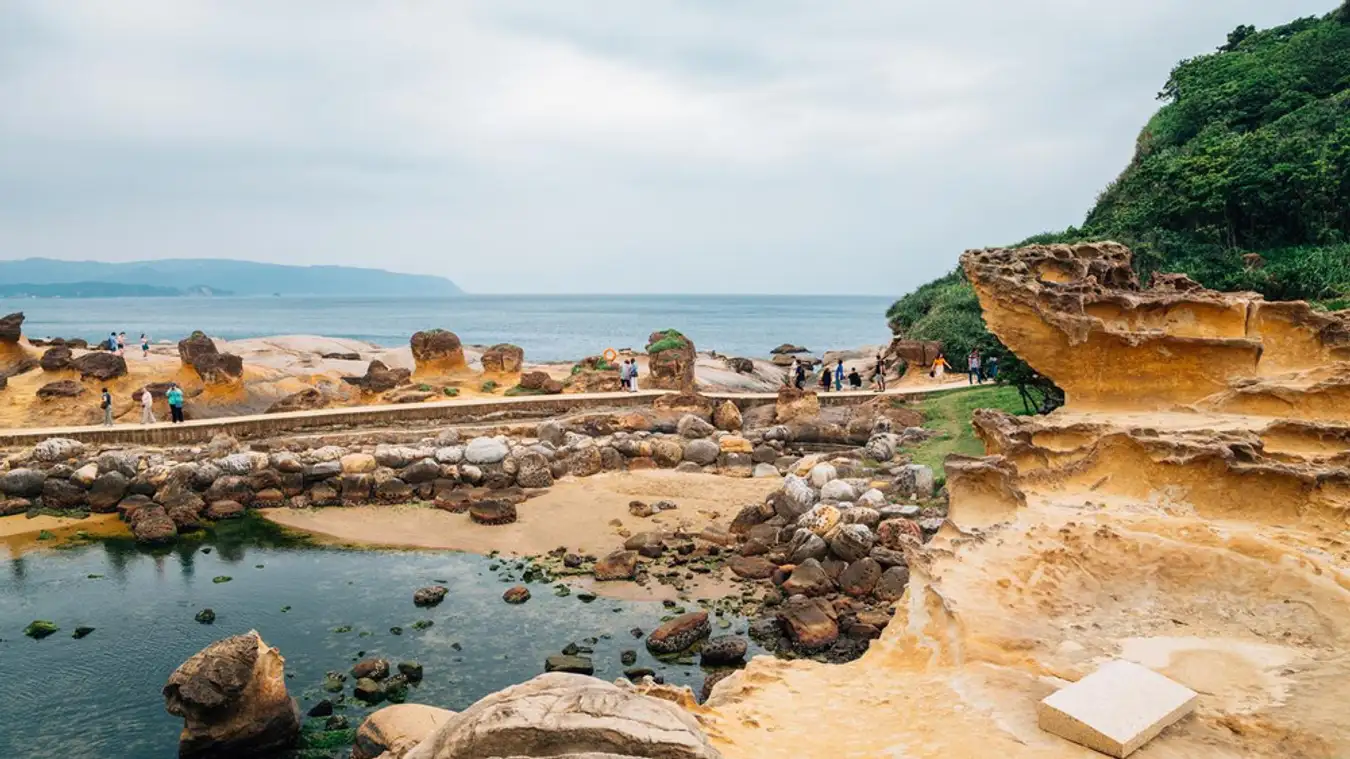 The Yehliu Geopark, also located in Keelung, is renowned for its 180 uniquely shaped rocks, resembling a queen’s head, mushrooms, and fairy shoes. These formations are considered natural sculptures, created by wind and sea erosion.
The Yehliu Geopark, also located in Keelung, is renowned for its 180 uniquely shaped rocks, resembling a queen’s head, mushrooms, and fairy shoes. These formations are considered natural sculptures, created by wind and sea erosion.
For a taste of local culture, the Miaokou Night Market is a must-visit destination in Keelung. The market is located around the Dianji Temple and stretches from Ren 3 Road to Ai 3 and Ai 4 Roads, remaining open until midnight.
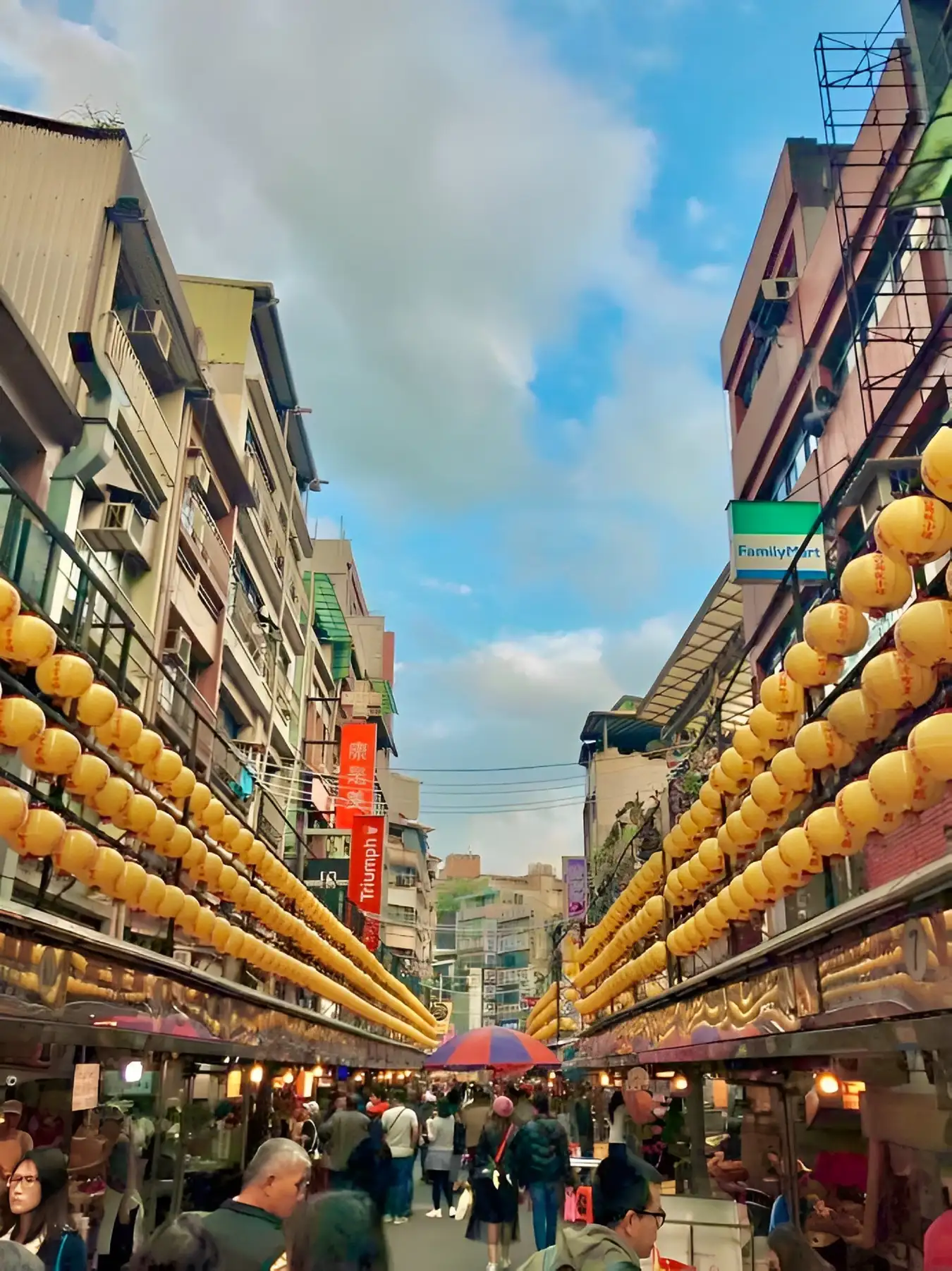
The Miaokou Night Market is famous for its wide variety of foods, making it a year-round attraction. It showcases a range of dishes made from rice, wheat, beans, seafood, meat, desserts, and frozen treats.
According to the Keelung City Tourism and Marketing website, many culinary experts have praised the Miaokou Night Market as offering “the most diverse food selection in all of Taiwan.” Some of the most popular dishes include ding bian cuo (rice cake soup), braised pork rice, pork rib soup, bean sprout soup, and braised pork buns.
